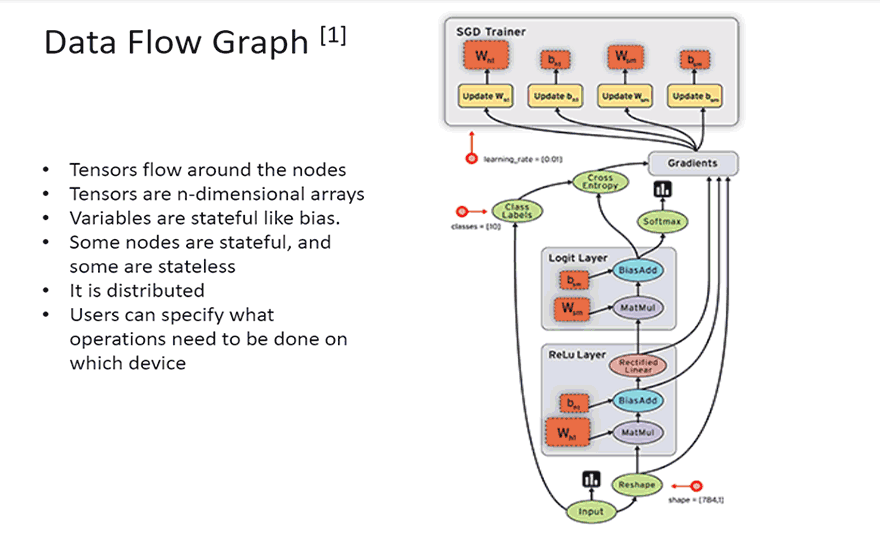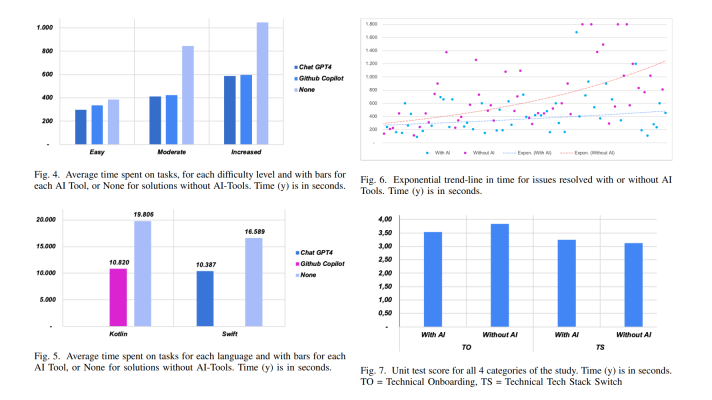
Below are the videos from the TensorFlow Wachington DC meetup—sponsored and organized by Altoros on March 9, 2016.
TensorFlow overview
In her session, Saba Shah of FAM Global talked about TensorFlow features, mechanics, and basic usage, overviewed TensorBoard as a means of visualizing learning, highlighted what the tool brings to the table and how it’s going to evolve in the future, etc.
In the following video, Saba breaks down the basics of TensorFlow and goes into the differences between TensorFlow code and that of regular programming platforms.
Fireside chat
At the end of the meetup, Alexander Boxer of Areté Associates, Jim Burke of TASC, and Saba Shah discussed what bottlenecks prevent us from accelerating app development by 10 times and how to get people motivated to solve them, how machine learning can be applied in healthcare, as well as answered some questions from the audience.
Join our group to get informed about the upcoming meetups!
Further reading
About the speakers
Saba Shah is Machine Learning Engineer at FAM Global. She holds a master’s degree in computer science and has over 10 years of experience in analyzing business requirements for applications. Saba successfully optimized a number of machine learning algorithms, such as random forests, logistic regression, and neural networks. She also has experience in natural language processing, including Twitter text classification.
Alexander Boxer is Senior Scientist at Areté Associates. He obtained his PhD in plasma physics from Massachusetts Institute of Technology in 2009. Alexander’s current job is focused on deep learning data science applications on large data sets, especially computer vision, object detection, and localization. He has recently made the transition from constructing neural networks in MATLAB to using TensorFlow for increased speed.
Jim Burke is Manager of Forecasting and Innovation Solutions at TASC. He has experience of creating innovative studies of the future, emphasizing ways in which early-warning signals, trends, and implications could be exploited to develop business and satisfy customer needs. Jim has a master’s degree in science and technology studies from Virginia Tech and specializes in foresight and forecasting, technology assessment, change management, as well as innovation and design thinking. He currently manages a small team that conducts analyses and technical assessments, as well as provides support for procurement capture activities. 












